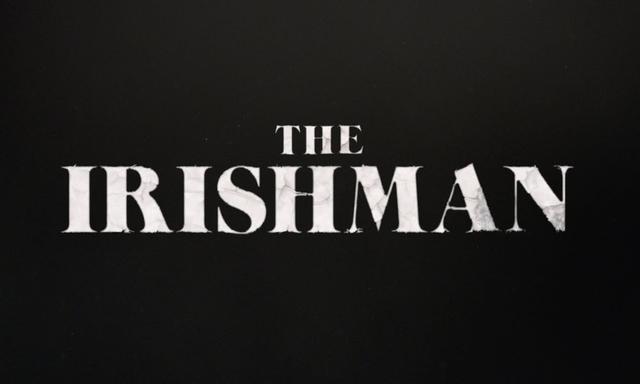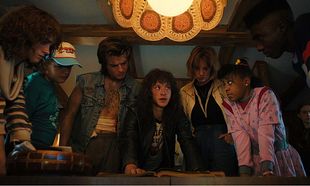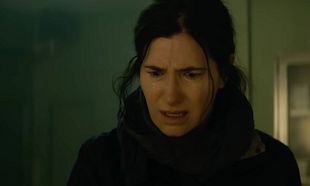Advancements in digital de-aging don't always work out well, primarily because there's always the Uncanny Valley to consider.
What's that, you ask? Well, the Uncanny Valley is basically the idea where human beings have an uncanny, strange sensation when looking at robotic or digital faces. The hypothesis is that our brains are conditioned to reject it because we instinctively know that it's false. Why are we bringing this all up? Because 'The Irishman', Martin Scorsese's latest movie, heavily features digital de-aging which often suffers from the curse of the Uncanny Valley.
Scorsese shared some of his fears in a recent interview on the A24 podcast, 'A Bigger Canvas', admitting that the process is beginning to give him worries. "Why I’m concerned, we’re all concerned is that we’re so used to watching them as the older faces," Scorsese said.
"When we put them all together, it cuts back and forth… Now, it’s real. Now, I’m seeing it. Now, certain shots need more work on the eyes, need more work on why these exactly the same eyes from the plate shot, but the wrinkles and things have changed. Does it change the eyes at all? If that’s the case, what was in the eyes that I liked? Was it intensity? Was it gravitas? Was it threat?"
It's a strange concept, especially when you consider how audiences know what Pacino and DeNiro look like when they were young. Ultimately, you're going to compare the digital de-aging versus the real thing - and it's almost always going to come up short against it.
'The Irishman' releases on Netflix in late 2019.









































































